Best Seasons for Inground Trampoline Installation
Inground trampoline installations are best scheduled during periods of moderate weather, typically in spring or early fall. These seasons provide optimal conditions for excavation and installation, reducing the risk of weather-related delays. Proper planning ensures the ground is stable and accessible, which is crucial for safety and durability.
Spring and early fall are ideal due to mild temperatures and lower precipitation, facilitating easier excavation and setup.
Avoid installation during extreme heat, cold, or rainy seasons to prevent delays and ensure safety.
Scheduling several weeks in advance allows for proper site assessment and preparation before installation.
Drier soil conditions in spring and fall improve excavation quality and stability.
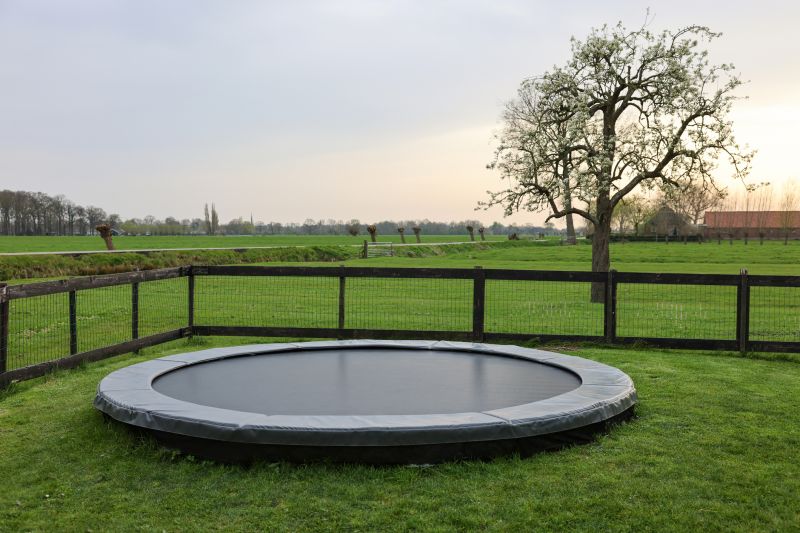
Ways to make Inground Trampoline Installations work in tight or awkward layouts.
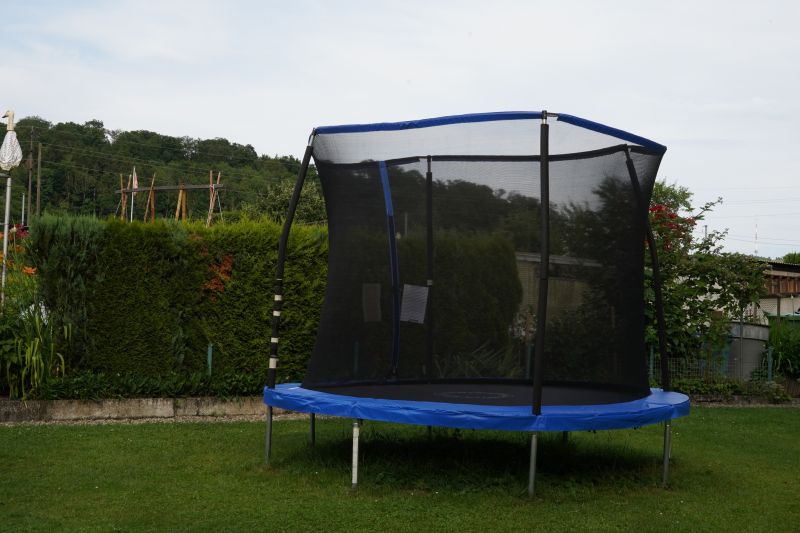
Popular materials for Inground Trampoline Installations and why they hold up over time.

Simple add-ons that improve Inground Trampoline Installations without blowing the budget.
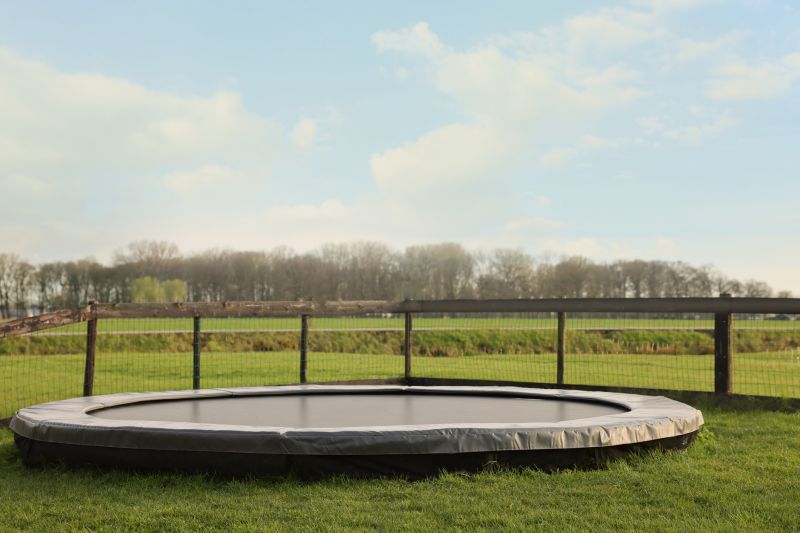
High-end options that actually feel worth it for Inground Trampoline Installations.
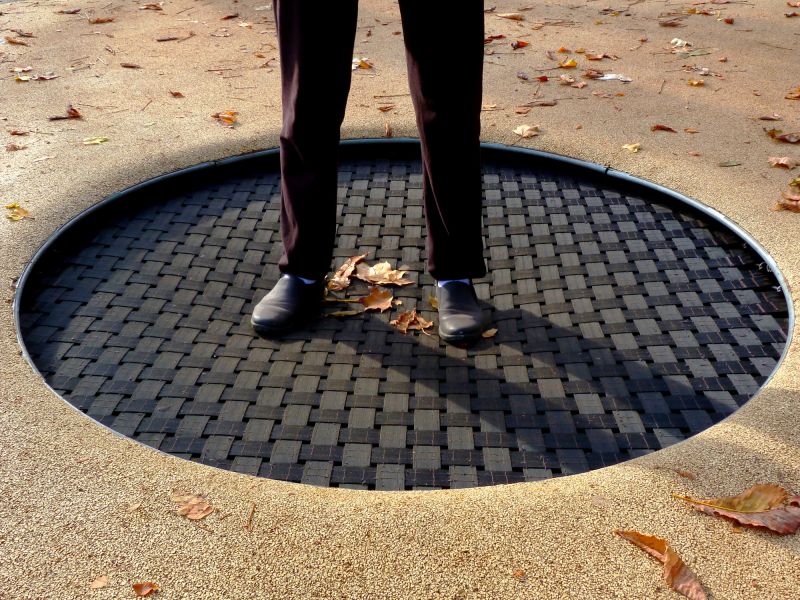
Finishes and colors that play nicely with Inground Trampoline Installations.
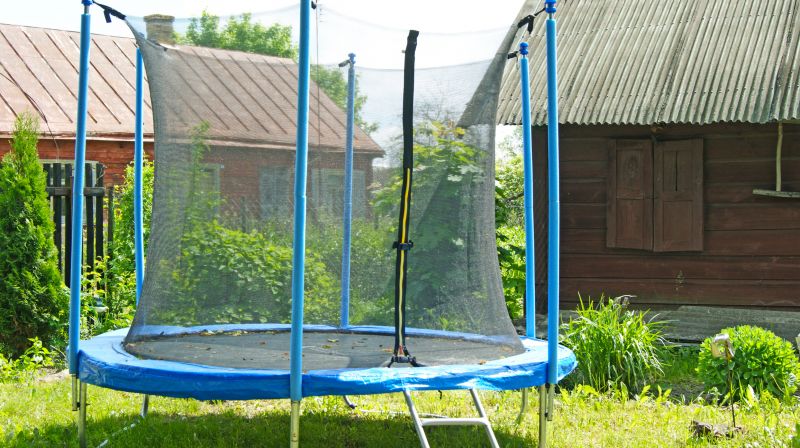
Little measurements that prevent headaches on Inground Trampoline Installations day.
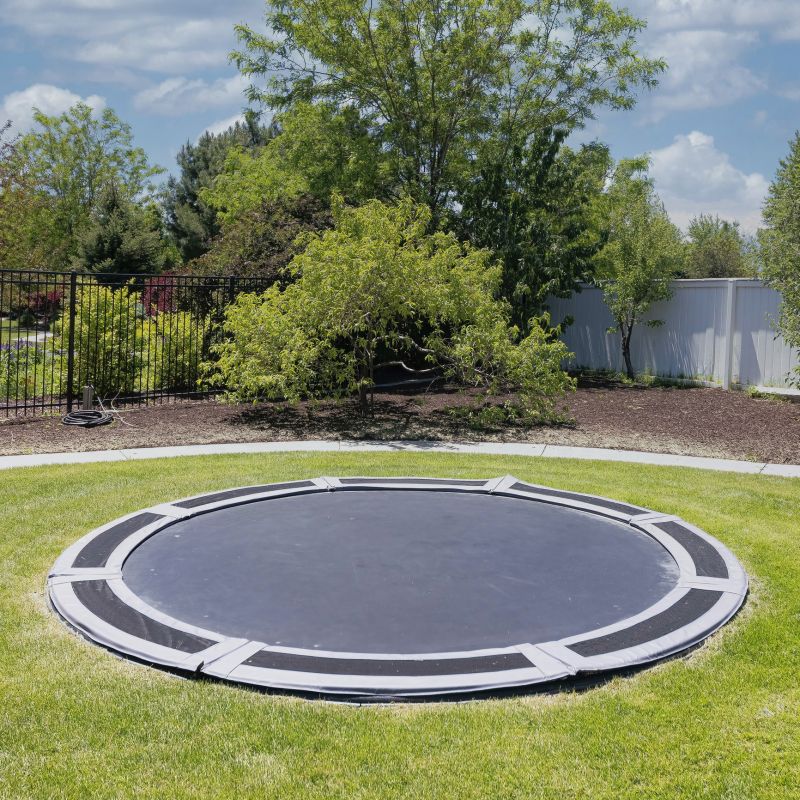
A 60-second routine that keeps Inground Trampoline Installations looking new.
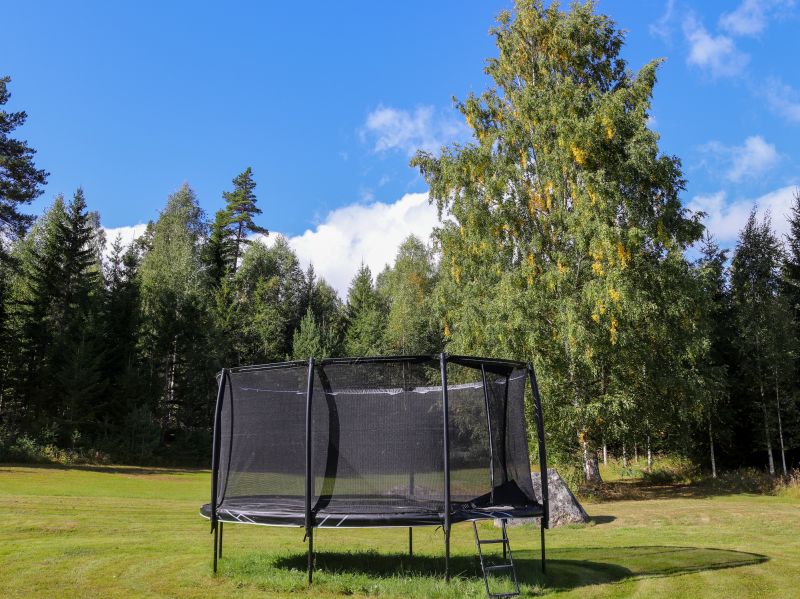
A frequent mistake in Inground Trampoline Installations and how to dodge it.

Small tweaks to make Inground Trampoline Installations safer and easier to use.
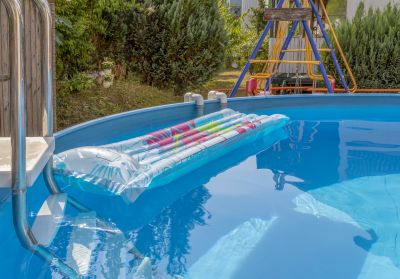
Lower-waste or water-saving choices for Inground Trampoline Installations.
| Season/Timeframe | Advantages |
|---|---|
| Spring | Optimal soil conditions, moderate weather |
| Early Fall | Lower temperatures, less rain |
| Late Fall/Winter | Not recommended due to weather constraints |
| Summer | High temperatures and potential heat delays |
| Pre-Planning | Ensures timely installation and site readiness |
